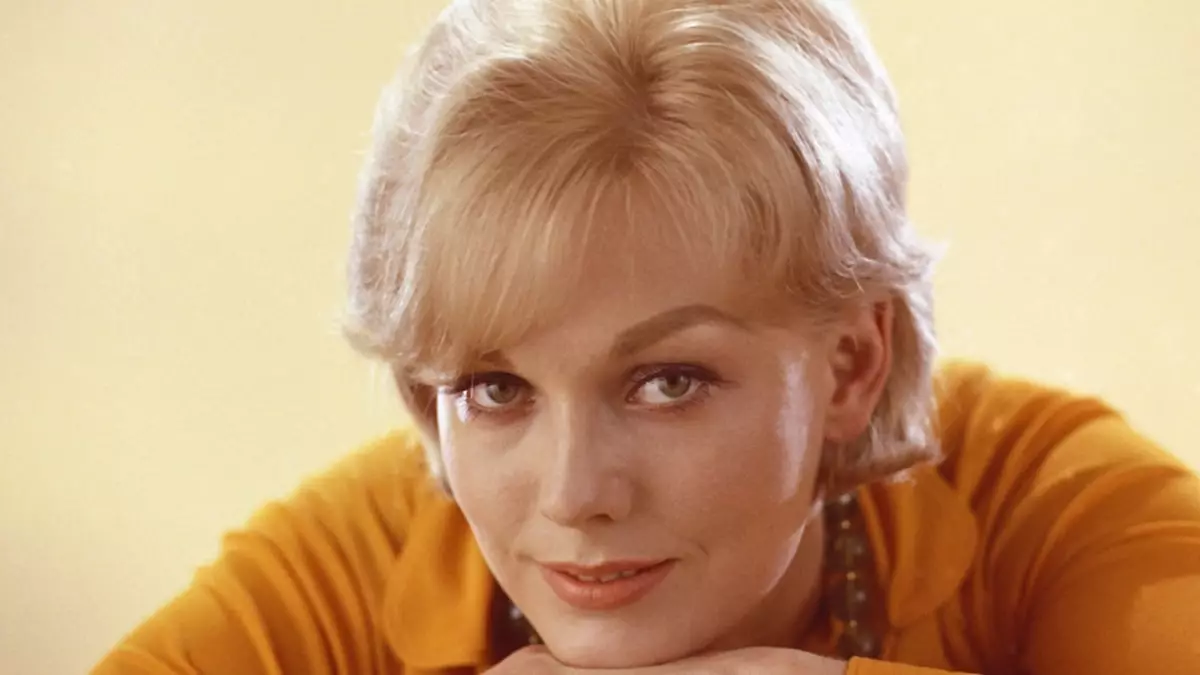Kim Novak’s name might evoke the golden era of Hollywood, but her impact stretches far beyond the flickering images on classic film reels. Though she left acting decades ago, her place in cinematic history remains unshaken. This year, the Venice Film Festival’s choice to honor Novak with the Golden Lion for Lifetime Achievement is not just a nostalgic nod; it’s a powerful reminder of her lasting cultural significance. At 92, her return to the red carpet symbolizes more than career recognition—it signals the reverence owed to an artist whose work transcends generations.
From Hitchcock’s Muse to Artistic Visionary
Famous as one of Alfred Hitchcock’s quintessential leading ladies, Novak’s career was once defined by the iconic “Hitchcock blonde” persona, a label that both elevated and confined her. Her role in *Vertigo* remains a pinnacle of Hollywood storytelling, yet her departure from acting was neither abrupt nor bitter—it was intentional. After the 1991 film *Liebestraum*, a project she found creatively stifling, Novak turned her focus towards the arts and a quieter form of expression: poetry and painting. This shift reveals a profound dimension of her personality that Hollywood’s glamor often overshadowed.
The art world has welcomed her with open arms. Her recent exhibition, *KIM NOVAK: Unmasked Emotions*, at The Butler Institute of American Art, offered a glimpse into her rich inner life. With a poetic soul driving her brush, Novak revealed how her imaginative perception of the world shapes both her words and her visual art. She described her creative process as a quest to evoke genuine emotion—the “colors of a rainbow” that connect artist and audience on a deeply human level.
The Courage to Face Criticism and Reinvent Herself
Novak’s journey is also marked by resilience in the face of harsh public scrutiny. Her brief 2014 return to prominence at the Academy Awards included unwarranted criticism surrounding her appearance, triggering painful conversations about aging, beauty, and self-worth in Hollywood’s unforgiving spotlight. Rather than retreat, Novak confronted the controversy openly, expressing her right to age gracefully and make choices about her body.
Her honesty about cosmetic procedures and the mistakes she made—such as taking medication that affected her behavior during the Oscars—humanizes her in a culture that often demands flawless images from women past a certain age. Novak’s refusal to stay silent on the bullying she endured is a necessary challenge to an industry and society that frequently punishes women for defying unrealistic beauty standards.
A Legacy That Defies Time and Typecasting
What stands out in Kim Novak’s story is her refusal to be narrowly defined. While Hollywood initially remembered her as a glamorous fixture, she chose instead to explore and expand her identity beyond on-screen roles. This determination to evolve creatively and personally—despite external pressures—sets her apart from many of her contemporaries.
Receiving the Golden Lion at Venice is a fitting tribute that honors not merely her past cinematic achievements but the full spectrum of her artistic life. The festival’s decision to premiere the documentary *Kim Novak’s Vertigo* further cements her relevance, inviting new audiences to rediscover the complexity behind her legendary performances.
In many ways, Novak embodies the power of reinvention, proof that true artistry doesn’t end with the final film credit. It lives on in continued creativity, honest self-expression, and the courage to face a changing world on one’s own terms.

